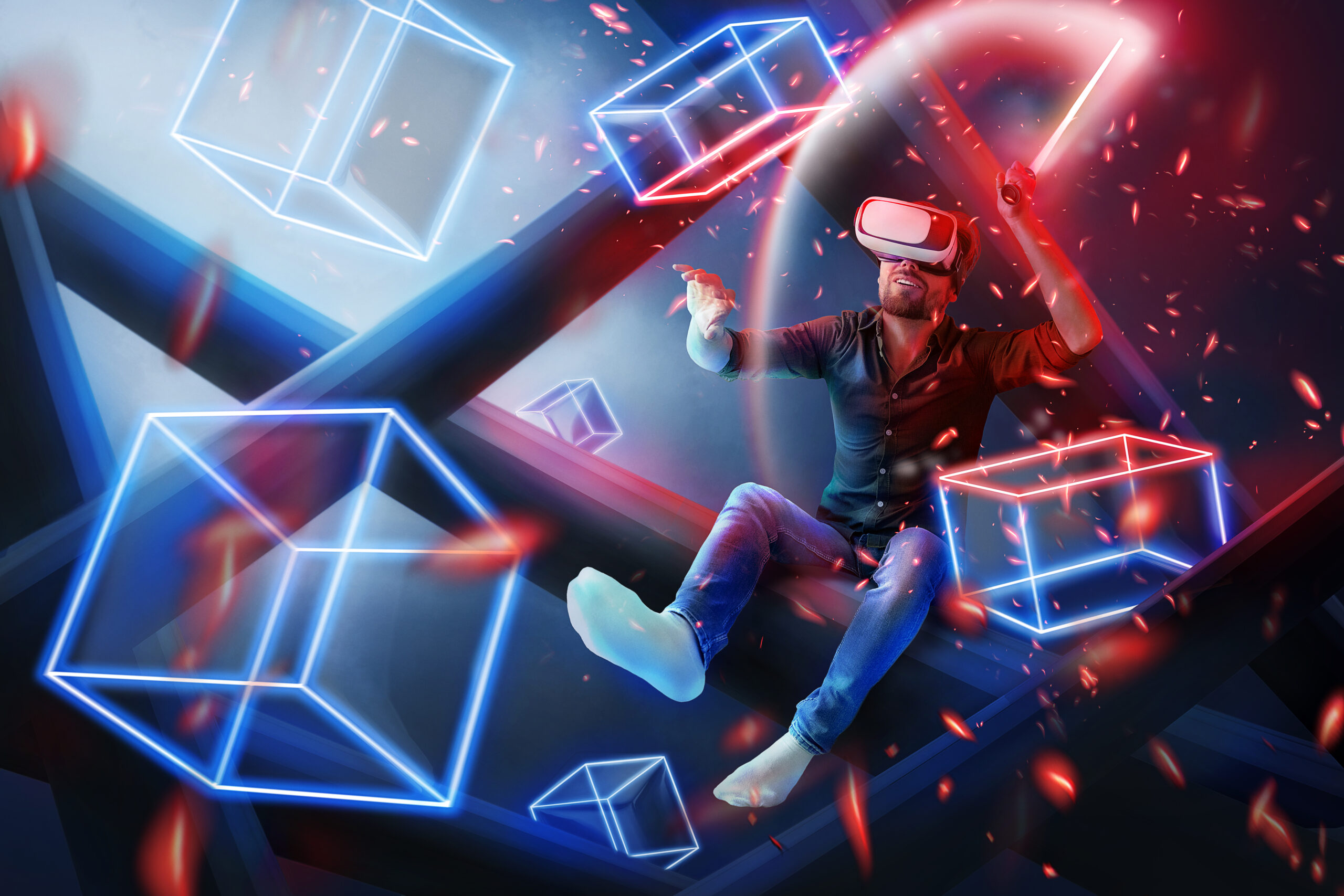What is Virtual Reality
Virtual Reality (VR) is a technology that uses computer-generated surroundings to reproduce a three-dimensional, fascinating experience. In VR, users wear specialized headsets that typically include a screen or displays for each eye, along with motion-tracking sensors to monitor the user’s head and body movements. This combination of hardware and software creates a reliable illusion of being inside a virtual world, allowing users to interact with and explore their digital surroundings.
Key components of Virtual Reality
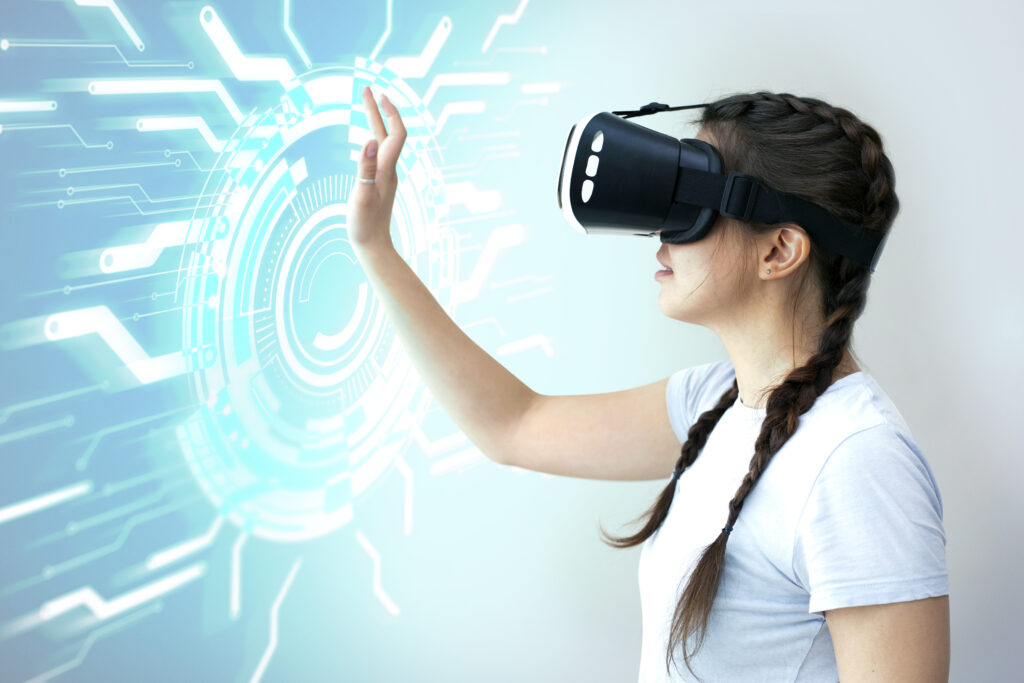
Head-Mounted Display (HMD): This is the VR headset worn by the user. It contains screens or lenses that display the virtual environment, providing a stereoscopic 3D view. High-quality HMDs offer a wide field of view, high-resolution displays, and comfortable designs which can be worn on human body without any difficulty.
- Motion Tracking: VR systems use sensors, cameras, or other tracking technology to monitor the user’s movements. This includes head tracking (detecting changes in the user’s head position and direction), hand tracking (detecting hand and finger movements), and sometimes full-body tracking for a more captivating experience.
- Audio: Spatial audio is crucial in VR to create a realistic sense of presence. Sound sources in the virtual environment should respond to the user’s head movements, providing an accurate acoustic experience.
- Controllers: Many VR systems include controllers which are held by hands that allow users to interact with various objects and experience the virtual world in real time . These controllers often feature buttons, triggers, and sensors for accurate input.
- Computing Hardware: The performance of VR applications are often based on good hardware resources , requiring powerful computers or gaming consoles to generate and deliver the complex 3D surroundings in real-time.
The primary goal of Virtual Reality (VR) is to make the users feel in a digital surrounding that can be either realistic or entirely awesome. Users can explore these virtual worlds, operate objects, interact with characters, and perform actions as if they were physically present. The sense of reality is created by the combination of visual, auditory, and sometimes actual input.
The Future of Virtual Reality in Gaming and Entertainment
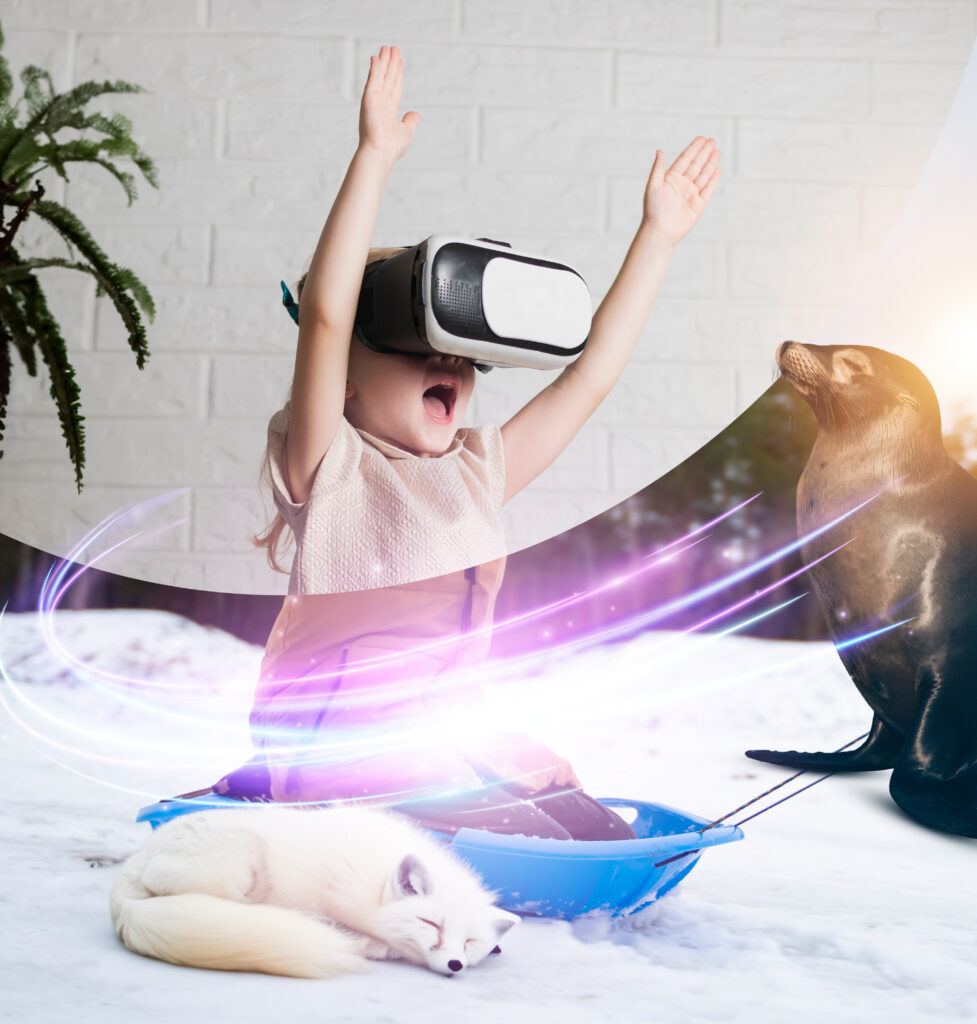
Virtual Reality (VR) has rapidly evolved from a small technology into a mainstream reality , transforming the way we experience gaming and entertainment. The captivating nature of VR has captured the imagination of developers and consumers alike, creating the future where virtual reality plays an increasingly significant role in our lives. In this article, we will explore the current state of VR in gaming and entertainment and explore into the exciting possibilities that lie ahead.
The Current Scenario
Virtual Reality has come a long way since its outset, and the current scenario reflects its growing influence. Today, VR is not just a futuristic concept but a tangible reality that is accessible to millions of consumers. VR headsets from companies like Oculus, HTC, and Sony have become household names, and the content available for these devices is increasing largely .
Gaming in Virtual Reality
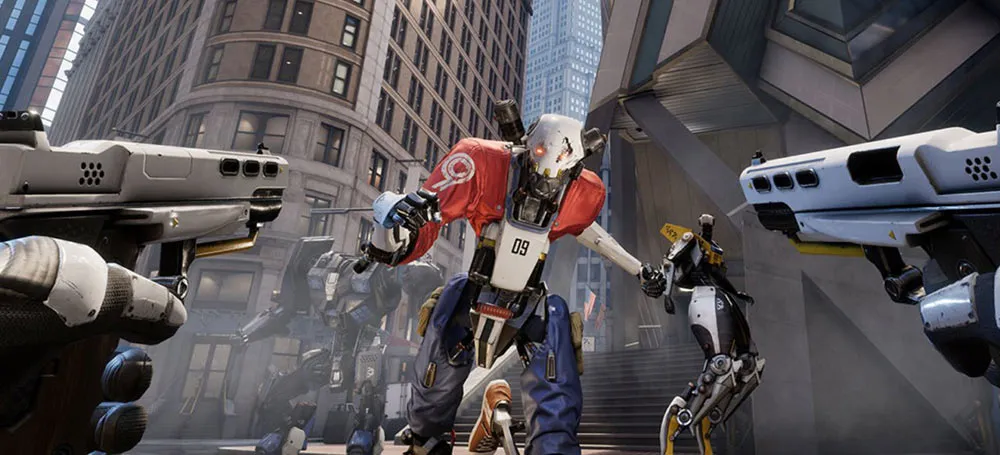
Gaming has been at the limelight of VR development, and for good reason. The ability to step into a virtual world and interact with it in a way that feels natural and immersive is a game-changer. From action-packed shooters to cool exploration games, the multiplicity of VR gaming experiences is mind blowing.
One of the key headway in VR gaming is the development of motion controllers, which allow players to use their hands and body movements to interact with the virtual environment. This innovation has made VR gaming more perceptive and engaging than ever before. Games like “Beat Saber” and “Half-Life: Alyx” have demonstrated the potential of VR as a gaming platform.
Beyond gaming, VR is also being used for educational purposes. Applications like “Minecraft: Education Edition” in VR enable students to learn in an captivating 3D environment, making education more engaging and effective.
Entertainment in Virtual Reality
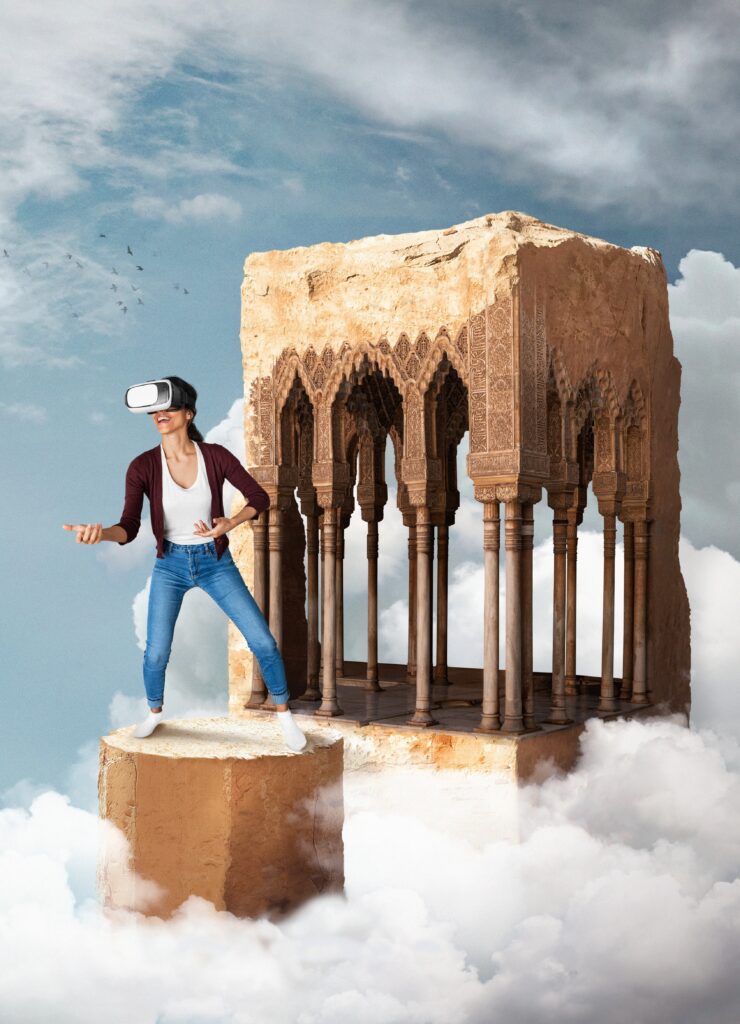
While gaming remains a driving force behind VR adoption, the entertainment industry is also making significant movement in improving this technology. VR has the potential to revolutionize the way we use and experience entertainment content.
VR cinemas and theatres are gaining popularity, offering users the ability to watch movies on a virtual big screen from the comfort of their homes. This not only provides a unique viewing experience but also opens up new possibilities for social interaction, as friends and family can watch together in a virtual surroundings, regardless of their physical location.
Live events, such as concerts and sports, have also adopted VR. Virtual tickets allow users to attend these events in VR, complete with a sense of presence and interaction with other attendees. This has the potential to make live events more accessible to a global audience while reducing the environmental impact of physical gatherings.
Social Interaction and Collaboration

One of the most bright features of VR is its capacity to promote social interaction and collaboration in digital areas . Social VR platforms like Facebook Horizon and VRChat enable users to meet and interact with others from around the world in captivating surroundings. These platforms are not only for casual socializing but also for business meetings, virtual conferences, and creative associations.
The COVID-19 pandemic accelerated the adoption of virtual meetings and remote work, and VR could take this to the next level by providing a more captivating and engaging way to connect with colleagues and clients. Imagine holding a team meeting in a virtual boardroom or collaborating on a 3D design project in a shared digital workspace.
The Future Possibilities
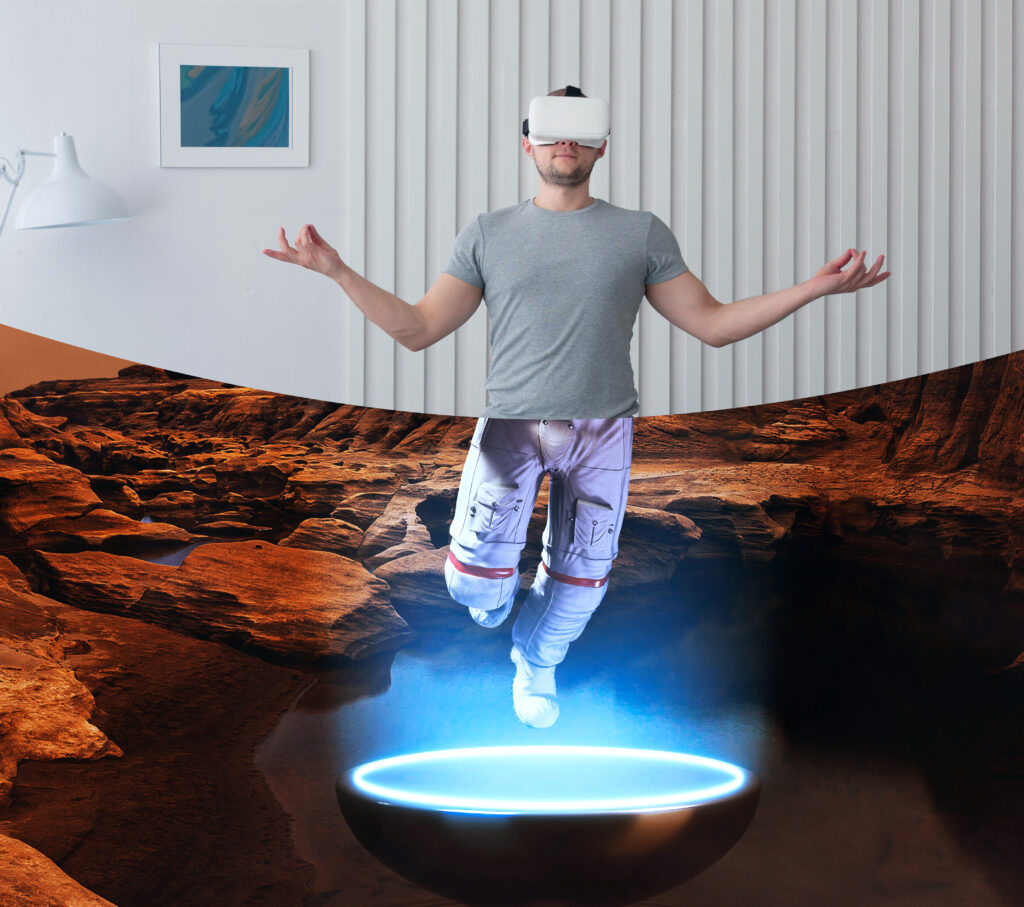
As we look ahead, the future of VR in gaming and entertainment holds immense promise. Here are some of the exciting possibilities that we can expect :
- Improved Hardware: VR headset technology will continue to improve , becoming lighter, more comfortable, and offering higher resolutions. This will make VR more accessible to large consumers.
- Haptic Feedback: Enhanced haptic feedback systems will enable users to feel the virtual world through touch, adding an extra layer of immersion.
- AI Integration: Artificial intelligence will play a crucial role in making VR experiences more realistic and responsive to user actions.
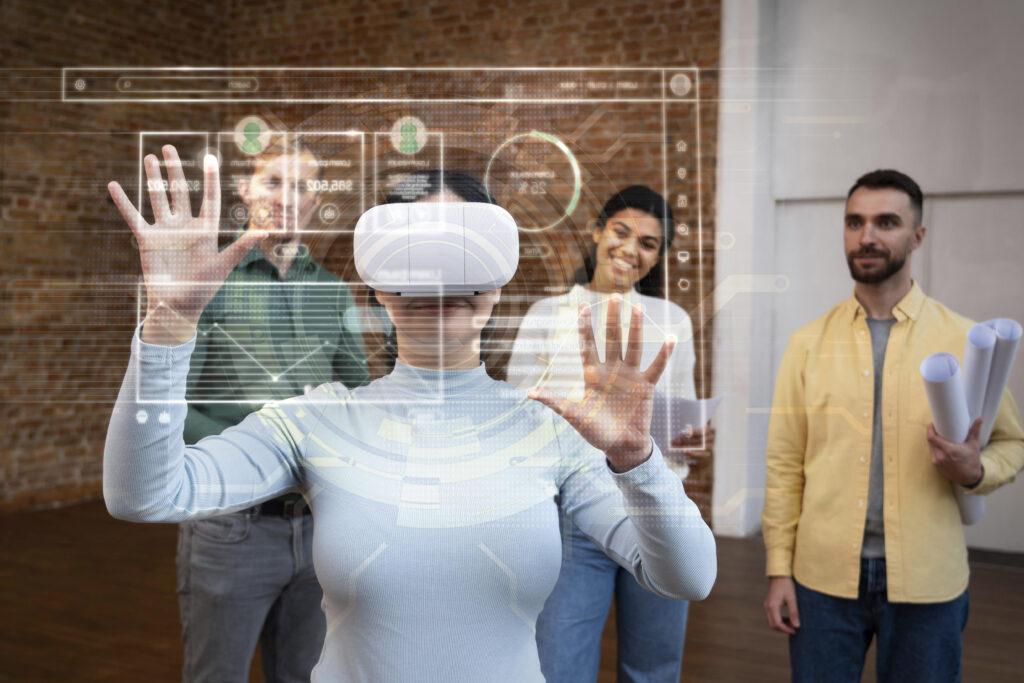
- Expanded Content: The library of VR games and entertainment will continue to grow, catering to a wide range of tastes and interests.
- Healthcare and Therapy: VR will be increasingly used for remedial purposes, such as pain management, PTSD treatment, and physical therapy.

- Education and Training: VR will become a standard tool for education and professional training, offering realistic reproduction and hands-on experiences.
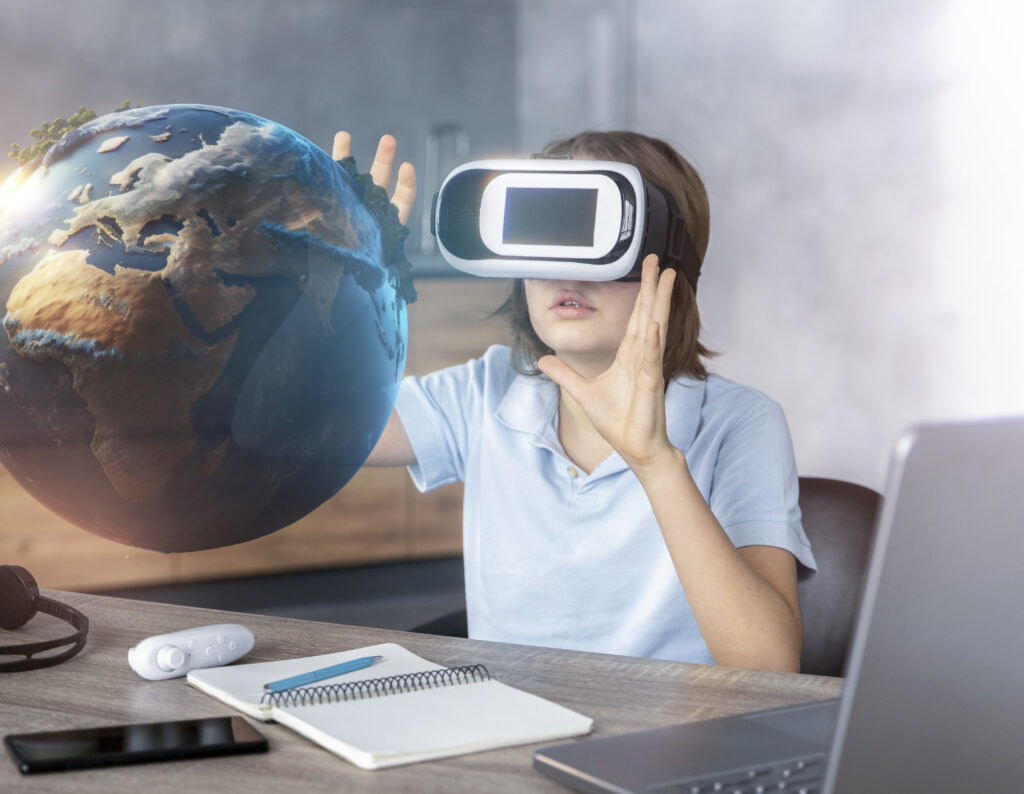
- Augmented Reality (AR) Integration: The merging of VR and AR will create mixed reality experiences that blend the virtual and physical worlds smoothly.
Conclusion
The future of virtual reality in gaming and entertainment is no doubt very bright. VR has already made significant movements, offering immersive gaming experiences, new types of entertainment, and creative ways to socialize and associate. As technology continues to move ahead and content creators work hard to achieve what is possible , we can expect VR to become an even more essential part of our lives, deciding how we play game, use entertainment, work, and connect with others in the years to come. The virtual worlds of tomorrow are limited only by our imagination, and it will be exciting to be a part of this journey .

